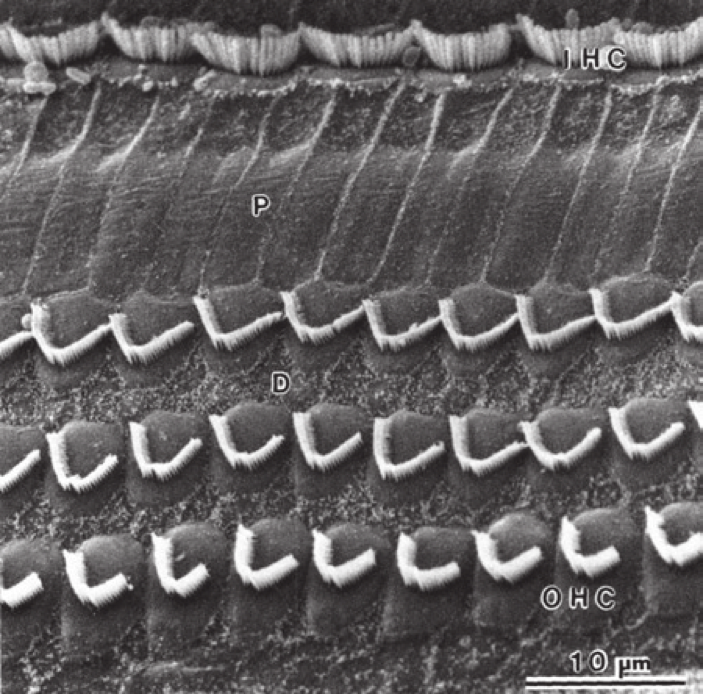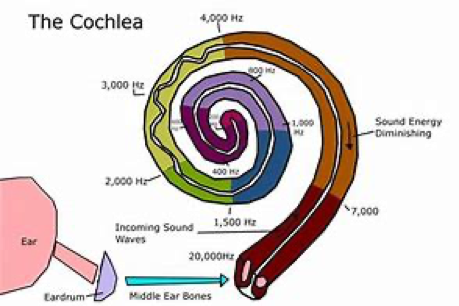Many of my clients often ask me why are hearing aids so expensive. To answer this we first need to look at hearing loss and why hearing aids require such elaborate technologies to effectively improve communication and hearing.
There are different forms of hearing loss effecting different parts of the ear. Two of the most common causes of hearing loss are presbycusis (aging) and noise damage. These types of hearing loss are due to reduced function in the inner ear; the cochlea.
The cochlear is fluid filled and has a window that connects to the bones of the middle ear. When sound hits the ear drum, the bones conduct the sound to the cochlea window which causes movement in the fluid of the cochlear. There are outer and inner hair cells in the cochlea that react to the fluid movement and both have different functions.

The inner hair cells are sensory and they turn the movement of the inner ear fluid into an electrical signal that the brain interprets as sound. The arrangement of the hair cells is tonotopic, meaning different hair cells respond to different frequencies

Now the outer hair cells have a hugely important role in pre-amplifying the signals to the inner hair cells and neural tuning them so the specific frequencies are focused to the correct inner hair cells.
Mostly with presbycusis and noise induced hearing loss we get damage to the outer hair cells, especially those that respond to high frequencies. Consequently, we lose pre-amplification and frequency tuning.
Without the pre-amplifcation of the outer hair cells we get recruitment or abnormal loudness growth, meaning we cannot hear soft sounds but loud sounds rapidly become too loud and even uncomfortable. This also tends to occur mostly in the high frequencies. This is why if you just turn the volume up on the TV it gets louder and not clearer. By the time you get sufficient audibility of the soft high frequency speech sounds the louder high frequency sounds become uncomfortable and the low frequencies blanket over the delicate highs in a process termed upward spread of masking. Add any noise or music to the mix and it’s hopeless.
Similarly non-prescription hearing devices suffer the same problems. Hearing aids are designed to selectively amplify the required frequencies using a prescription formula based upon the hearing loss and knowledge of the speech spectrum.
They also compensate for abnormal loudness growth by providing more amplification for soft sounds and less for increasingly loud sounds; like a fast acting volume control. Unlike non-prescription “linear devices” that you can often buy cheaply on the internet, hearing aids use elaborate compression algorithms to ensure that soft sounds are audible and loud sounds are comfortable.
People with hearing loss also struggle in background noise and the more severe the loss the more difficult hearing in noise becomes.
So hearing aids need to be smart enough to selectively amplify depending upon;
1: The frequency of the sound
2: The loudness of the sound
3: The nature of the sound; speech or noise.
The vast majority of hearing aids have compression and multiple frequency channels to selectively amplify across loudness and pitch and most of the research and development is aimed now at noise reduction. Fundamentally hearing aids use a combination of two technologies to improve the signal (speech) to noise ratio; digital signal processing and directional microphones. There are some differences across manufacturers and levels of hearing aids and we will look more closely at this in the next article.
Author is Audiologist Anthony Mathers
